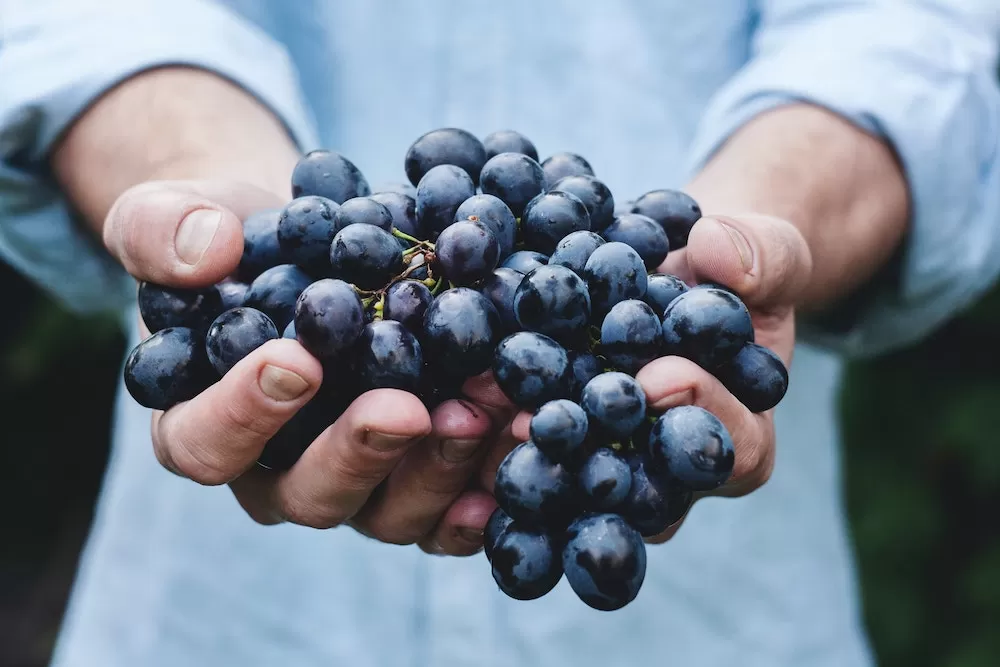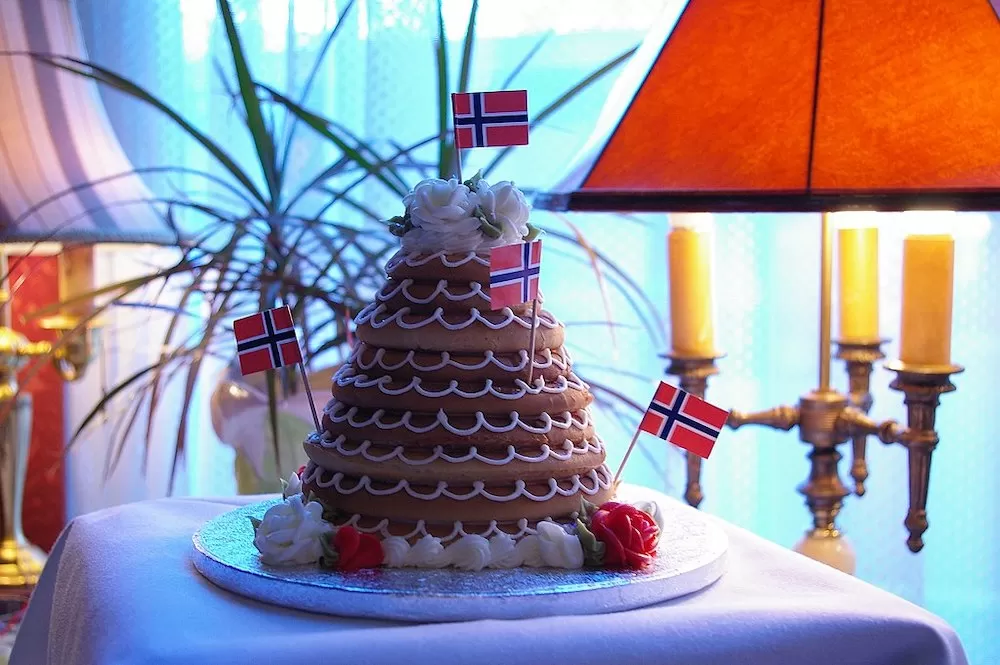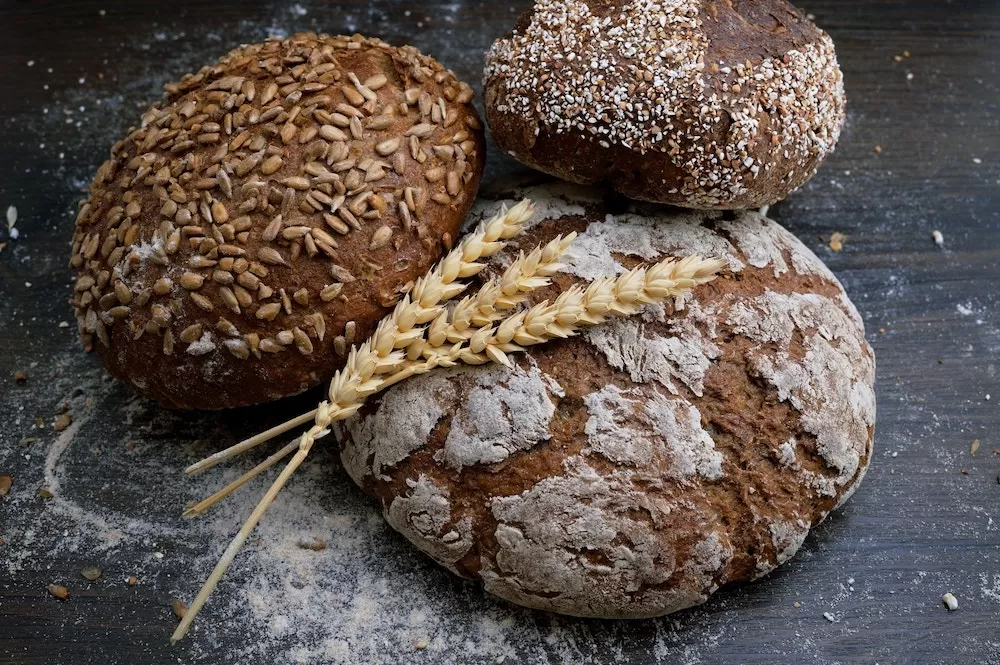How do you usually celebrate the New Year? Do you host or go to parties? Do you watch fireworks displays in the city enter? Do you drown yourself in champagne hoping to wake up to a brand new year? Or perhaps you partake in some of the most fascinating New Year's Eve traditions in Europe? In Italy, for example, people wear red underwear to end the year. It's definitely fascinating and undoubtedly sexy! Meanwhile, eating 12 grapes will ward off evil in Spain; now that's a delicious tradition! And in Ireland, you can ward off evil by banging bread against the wall.
The New Year's Dive in The Netherlands
Let's start this list off with a tradition that's technically not done on New Year's Eve. In the
Netherlands, people partake in “Nieuwjaarsduik” or the New Year's Dive. On the morning of January 1st, when the sun is already up, the Dutch would put on their swimsuits, some would add a Santa Clause hat to look more festive, and head to the nearest beach for a swim. Now, take note that the holiday season in the Netherlands is in winter, which means the water is freezing. Withstanding the cold, the Dutch still swim in the hopes of inviting good fortune for the new year.
Eating 12 Grapes in Spain
When the clock strikes 12 on New Year's Eve in
Spain, the church bells chime a total of 12 times. They last for about the entire minute, signaling the new year. On this very minute, the Spanish follow a tradition of eating 12 grapes. The key here is to finish all 12 grapes before 00:01 (12:01) a.m., which is often a challenge. But when once successful, the practice is said to ward off evil and increase the chances of a prosperous new year ahead. It's definitely one of the tastiest New Year's Eve traditions in the world!
Having Galette des Rois in France
Do you know what's another delicious European New Year's Eve tradition? Eating
Galette des Rois in France. “Galette des Rois,” or King Cake, is a flaky French pastry eaten on New Year's Eve. Well, some practice the tradition on New Year's Eve, some on New Year's Day, while most do it on Three Kings Day on January 6th. No matter when it's eaten, Galette des Rois is as much a game as it is a holiday dessert. The family gathers around the table and each member is given a slice. Inside one of those slices is the “king,” a tiny bauble baked inside the cake. Whoever has the slice of the king gets to be the master of the house for the day.
Hanging an Onion Outside The Home in Greece
From sweet and fruity New Year's Eve traditions to one that's slightly spicy but just as fascinating. It's no secret that onions have the ability to sprout on their own, especially compared to other vegetables. The Greeks know this more than anyone else, hence, they hang onions outside their doors on New Year's Eve. They believe that doing so will bring them good luck for the new year, especially those who are starting a new family. In
Greece, onions symbolize fertility thanks in large part to their sprouting ability. So the country, especially in the more rural areas like the
Greek Islands, households hand onions on their doors on New Year's Eve.
Source: Wikimedia Commons/ Jeremy Noble
Serving Kransekake in Norway
Let's go back to a sweeter New Year's Eve tradition for this next one. In Norway, people eat
Kransekake every December 31st. It's a staple dessert for their year-end feasts. But what exactly is
Kransekake? It's an 18-tier ring cake held together by icing. It's usually served with small Norwegian flags, hence, it's also eaten on Constitution Day in Norway. There's no other reason for people to eat it on New Year's Eve. It doesn't ward off evil spirits or bring in good luck for the new year. So why do they eat it on this holiday? Simple: it's delicious!
Throwing Plates in Denmark
From one Scandinavian country to another,
Denmark has what is perhaps one of the most unique New Year's Eve traditions in Europe. Possible even in the entire world too. On December 31st, the Danes would visit their neighbors and friends and throw plates at their houses. You'd think this would start a fight or something, right? But it's the complete opposite. In the
happy country that is Denmark, throwing plates at people's homes on New Year's Eve (and New Year's Day) signals new beginnings and wishes of good fortune. In fact, it's said that the more broken plates there are at a person's home, the better off they'll be in the coming 12 months.
Wearing Red Underwear in Italy
If there's one country that knows how to turn up the heat on New Year's Eve, it's
Italy. Italians are known for their passion and sensuality, after all. It's no surprise that their New Year's Eve tradition is perhaps the sexiest of them all. On the eve of December 31st, people traditionally wear red underwear when the clock strikes 12. They say it's to bring in good fortune for the new year. It's not 100% known about when, where, and who started this practice; people simply followed it and spread it throughout the entire country, eventually making it a holiday tradition.
Banging Bread Against The Wall in Ireland
And finally, there's
Ireland. What do the Irish, notorious for their drinking, do on New Year's Eve? Bang bread against the wall, of course! The country joins Denmark as having some of the most violent New Year's Eve traditions in Europe. They easily confuse others as to whether you're really happy about the new year or not. Don't worry! They are! It's just that the Irish bang Christmas bread on every wall of their home as a way to ward off evil spirits. Perhaps it's to scare them away with all the noise they're making? Who knows? One thing's for sure: it's definitely an interesting custom!
It's surprising just how fascinating many of the New Year's Eve traditions in Europe are. Who'd ever thought that eating grapes, banging bread against the wall, and breaking plates would bring in good luck for the new year?




